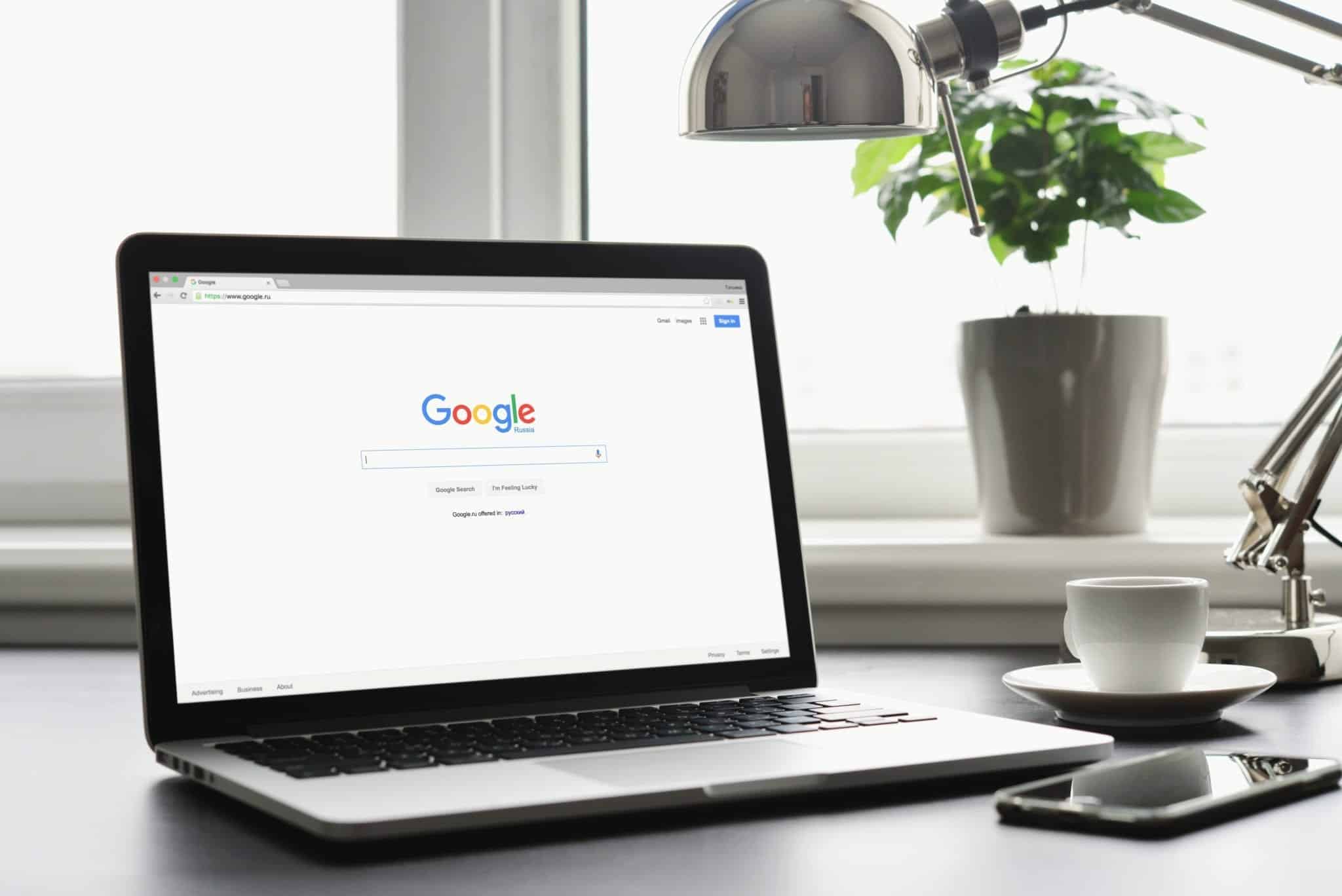What You Need To Know About Google’s Core Web Vitals
With the help of studies and research, we have learned that users prefer to use sites with excellent page experience. In the past years, Search included various factors, such as page loading time and mobile-friendly pages, as criteria that determine ranking results. Chrome recently rolled out Core Web Vitals to help site owners calculate user experience on their pages, and any good SEO in Stockport understands the importance of Google’s recent announcement that Web Vitals will be used as ranking signals in 2021. Read more about Web Vitals.
Core Web Vitals are the sub-components of Web Vitals that reflect every web page; every site owner must exercise it and will be used in all Google tools. Every Core Web Vital constitutes a distinct aspect of the user experience.
Core Web Vital metrics will progress over time. The present 2020 set concentrates on three facets of the user experience- Loading, visual stability, and interactivity.
Core Web Vital metrics
- LCP (Largest Contentful Paint) – It calculates loading performance. LCP should take an average of 2.5 seconds to give a good user experience when the page starts to load.
- FID (First Input Delay) – It focuses on determining the interactivity and the page’s responsiveness when a user interacts with it. Your page should have less than 100 milliseconds of FID for good user experience.
- CLS (Cumulative Layout Shift) – Cumulative Layout Shift is a new metric that focuses on determining your page’s visual stability. To have good visual stability and give an excellent user experience, your pages should have a Cumulative Layout Shift of less than 0.1.
Optimize your pages for user experience improvement after you have calculated the Core Web Vitals.
How to see your Core Web Vitals:
You can view lab and field data for the new Core Web Vital metrics now in the PageSpeed Insights, Chrome User Experience Report, and Google Search Console. It is essential to check both the data to see if you have missed anything to optimize your web vitals. These developer tools help site owners identify improvement opportunities quickly.
Page experience
Page experience sign measures facets of how users determine their interaction with a web page. Optimizing page experience makes the net better for users across all browsers and helps websites improve user expectations on small screens too.
Ranking for page experience
Good page experience lets people get their work done faster. On the contrary, a poor page experience can hinder a person’s ability to find valuable content on a page. This is a factor that Google looks at when ranking pages. So it benefits people by helping them to access web pages more efficiently.
While all the elements of page experience are vital, pages with the best information get major priority. Even if your web pages don’t always reach the top page experience, having relevant content and useful information will not be overlooked.
Conclusion
Every time Google rolls out a new ranking signal to its algorithm, there is a lot of fuss in the web community. We hope that this article has helped you understand Core Web Vitals better. In the end, both Google and site owners want a better user experience on the web. Regardless of any changes in the web vitals, it is essential to provide a good page experience to get high rankings and to maintain your overall reputation.





